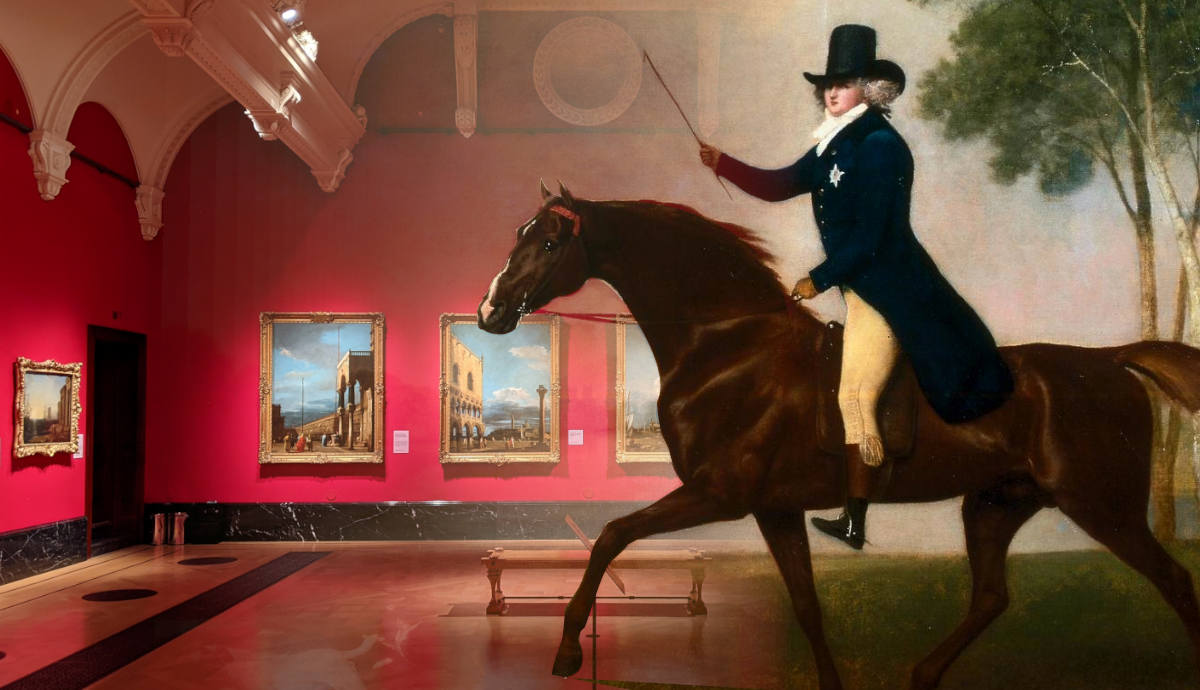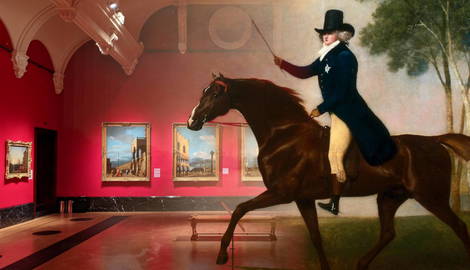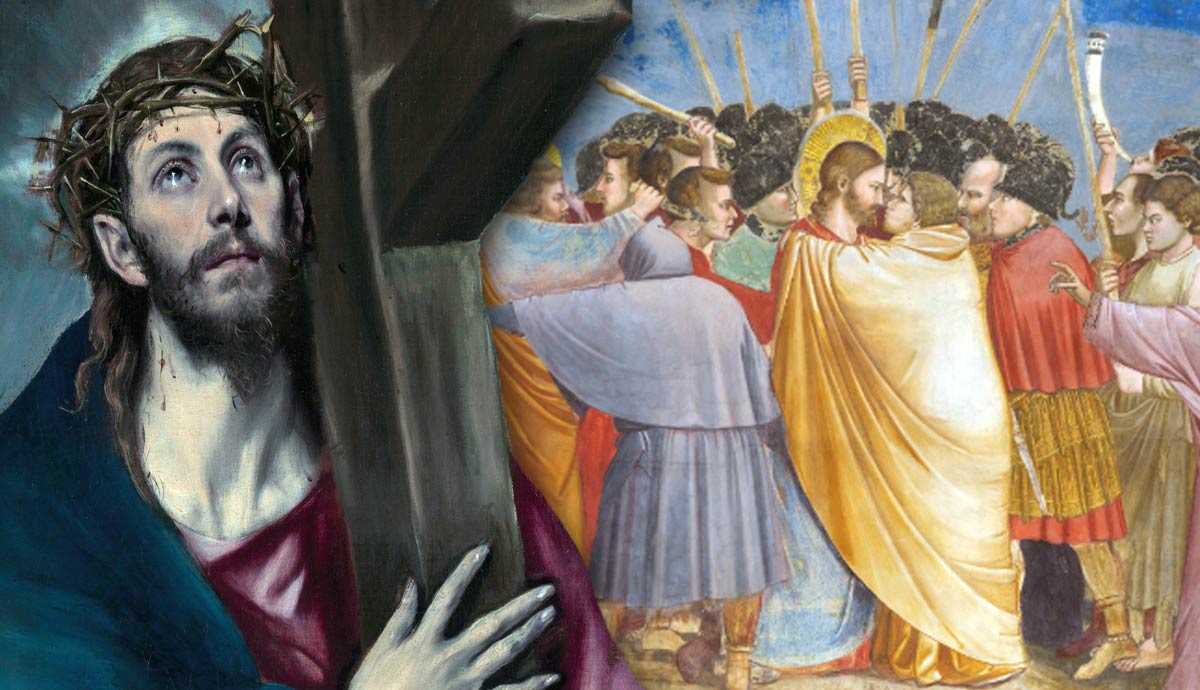
The Royal Collection holds more than just paintings. In fact, it’s one of the largest and most important collections in all the world with a market value of £10 billion. Plus, it’s one of the last surviving European royal art collections in the world with over a million individual pieces.
Therefore, Queen Elizabeth II owns more than 7,000 paintings, 30,000 watercolors and drawings, 500,000 prints, and countless photographs, tapestry, ceramics, furniture, vintage cars, and, of course, the Crown Jewels.

The Royal Collection notably includes at least six Rembrandts, 50 or more Canalettos, hundreds of drawings by Da Vinci, multiple Peter Paul Rubens paintings, and nearly two dozen of Michelangelo’s drawings.
There are so many that a masterpiece by Caravaggio called The Calling of the Saints Peter and Andrew was found tucked away in a storage room in 2006. The painting had been unseen for 400 years.
History of the Royal Collection

The British Royal Collection is owned by Her Majesty Queen Elizabeth II, although not as a private individual, but as the sovereign of her land. This is to say that, although the Queen herself has made some noteworthy additions to the collection, most of it was collected long before she was coronated.
Much of what makes up the current Royal Collection formed after 1660, following the restoration of the monarchy. All of what was owned by the monarchy beforehand was sold off by Oliver Cromwell after the execution of Charles I in 1649 but thankfully, much of these works were recovered by Charles II and make up a significant portion of the collection.
From there, the largest contributions to the Royal Collection came from the tastes and interests of Frederick, Prince of Wales; George III; George IV; Queen Victoria; Prince Albert; and Queen Mary.
Since the Royal Collection was chosen by the monarchs, their families, or were obtained as portraits of the Royal families themselves, it makes this collection less of a comprehensive, curation of tastes. Instead, it’s composed of the individual tastes and needs of Royal dynasties of the last 400 years.
Paintings in Buckingham Palace

Although the Royal Collection is held between 13 various UK residences, we’re going to be focusing on paintings that are currently in Buckingham Palace, the Queen’s home and our inspiration for this exploration.
The first area we’ll talk about is called the Queen’s Gallery where visitors can peruse some of the masterpieces in the Royal Collection. These exhibitions change, similar to how art museums operate and currently features the collection of George IV.
George IV is considered the “most magnificent British monarch ever recorded” and his art collection was second to none. The show called George IV: Art and Spectacle features paintings by Sir Thomas Lawrence and Sir Joshua Reynolds and explores the life of George IV through the art he cherished.
In fact, George IV is the one who commissioned John Nash, the architect to construct Buckingham Palace as the palace it is today and much of the emphasis on art displays and opulence came from his designs.

Moving on to the rooms where the Royal Family and their guests are more likely to inhabit, art is at every corner of Buckingham Palace.
First, there are the State Rooms of which Buckingham Palace has 19. This is where the Queen and her Family might welcome guests for official occasions. In these rooms, you’ll find paintings by Van Dyke and Canaletto, sculptures by Canova, and some of the finest English and French furniture in the world.
One of the most famous of these State Rooms is the White Drawing Room where the Queen and Royal Family are likely to sit with welcomed guests.

Then there’s the Picture Gallery in Buckingham Palace where all the greatest paintings in the Royal Collection are displayed.
The works are changed out quite regularly as the Queen lends much of her collection to museums and galleries but it is likely you’ll see the works of Titian, Rembrandt, Rubens, Van Dyke, and Claude Monet in the Picture Gallery.

The Grand Staircase is widely celebrated and “The Crown” does its best to depict its grandeur and beauty. Inspired by the theatres of London, you’ll find portraits of Queen Victoria’s family greeting you at the top of the stairs.

The portraits include Queen Victoria’s grandparents George III and Queen Charlotte by Sir William Beechey, her parents the Duke and Duchess of Kent by George Dawe and Sir George Hayter, and her uncle William IV by Sir Thomas Lawrence.
Since Buckingham Palace is constantly being redecorated, the art gets changed out every so often. You can check out what is currently hanging on the Palace walls by visiting the Royal Collection’s website.










